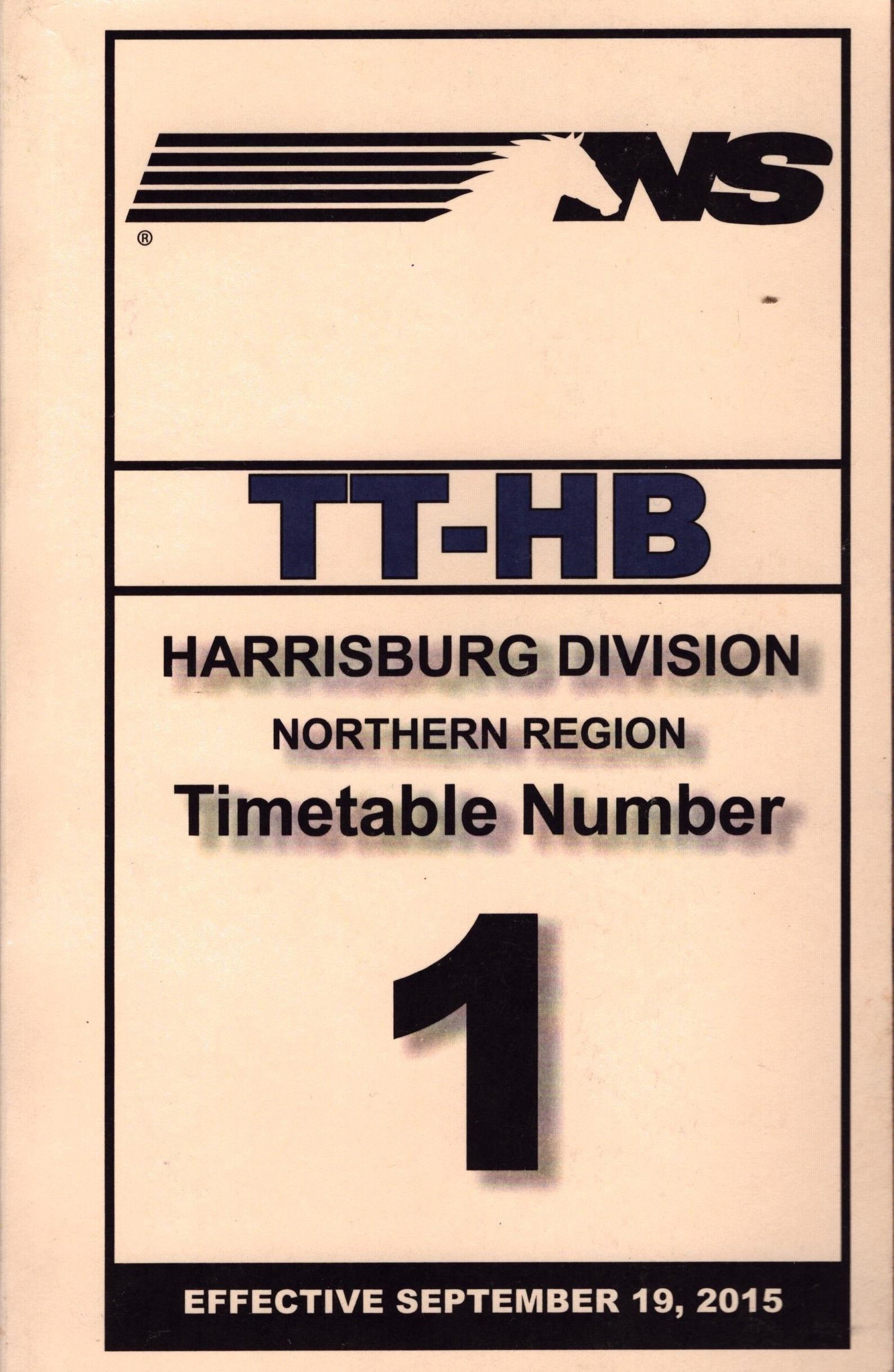Employee Timetables Transition to Digital Format
In the quest for more efficient and safer operations and lowering costs, railroads have always explored new technologies. Some have been revolutionary which include automatic couplers, air brakes, improved signal and communications and the conversion from steam to diesel power. Change has usually been incremental (often slow) with one or two railroads experimenting with something with the help of a supplier. The development of diesel power is a classic example. What started with small box cab units developed by GE and Alco for industrial switching in the 1920's, grew to the larger, faster, flashier passenger models for the Burlington and Union Pacific in the 1930's. These were all intended for isolated, specific uses. The dam broke when the Electro-Motive Division (EMD) of General Motors introduced the FT model cab type locomotive in 1939. After demonstration runs all over the US proved it's universal use, the orders started pouring in. The only thing that slowed down production and general acceptance was the war time shortage of copper needed for the traction motors and wiring. By the mid-1950's even long time hold outs such as the Norfolk and Western were retiring steam engines and the associated facilities and personnel, replacing them with the far more efficient and cheaper to operate diesel locomotives.
What does the steam to diesel conversion have to do with a website devoted to railroad timetables? It is simply an example of railroads adopting new technology when it makes sense. We have seen railroad employee timetables (ETTs), change over the years to suit the needs of the companies and their employees. The information contained therein has changed. There is no reason to list the location of water tanks and coaling stations with the demise of steam locomotives. Detailed schedules of passenger and freight trains, establishing meets, direction superiority and rights by class aren't necessary in an age of Centralized Traffic Control, Track Warrant Control and Direct Traffic Control. You can see some examples of change over the years on the Timetable Evolution page.
Not only the content has changed over the years but also the size and shape have changed to fit that content and information contained inside. Up through the 1930's, ETTs were typically large booklets nicknamed 'horse blankets'. Usually they were about 11" x 15" but I have seen them as large as 12" x 24". Many railroads moved to a magazine size ETT (typically 8.5" x 11" and even down to a narrower version that could fit in an employee's jacket or back pocket. These were ideal to pass hand signals (see Anatomy of a Timetable for an example of this). Railroads such as Amtrak, Burlington Northern, Burlington Northern Santa Fe, Canadian National, Conrail, Illinois Central, Norfolk Southern and Southern Pacific issued their ETTS in a loose leaf format. These were designed to be included in a plastic binder with the necessary rule books and other operations manuals. This format was easier to change and amend reducing the need for additional Superintendent's Bulletins or the glue in change pages and completely new editions. All the Company had to do was print new pages to reflect the necessary changes. In more recent decades, this trend was reversed on many railroads as the individual divisions grew in size and they sought to jam more information such as more detailed information concerning hazardous materials and more detailed special instructions.

This Norfolk Southern Harrisburg Division ETT is an example of the growth of ETTs. It is a bound book measuring 5.25" x 8.25" consisting of 269 pages. It is too large for your pocket and too thick to hold comfortably and pass hand signals.